Blog Log! 25 May, 2008!
 May 25, 2008
May 25, 2008
Despite the days of rain and even the morning shower, we had uber fantastic weather and an appropriately comfortable day of average visibility diving. Storm clouds rolled in during the later part of the day but swept across Pulau Senang and left us rain free though it did bring the vis down deep a little lower. But of course, we still had an incredible day diving.
Though common on the reef, flabellinas continue to thrill divers with their electrifying colours. The reefs around Pulau Hantu are well known for their nudibranch diversity. Today, a new species was photographed by one of our diver guides Marcel den Herder. Once I get my fins on it, I’ll be sure to post it right here so you gawk at it. Star tuned.
Not usually easy to photograph are these tinsy tiny gobies. The sand coloured fish are extremely skittish and sometimes can be found sharing a burrow with a blind shrimp. Oddly enough, this one seemed stoned and unfazed by my presence so I had to reward it by posting it’s picture online for all to see. There are several species of gobies found in and around Hantu island. Not all have been documented. They can be found living in coral, the reef and the sand or rock crevices. Gobies are possibly the most species diverse fish in the ocean, only the diversity of wrasses comes close.
Seagrass filefish or Leatherjackets are generally calm and easy to photograph especially when they are busy feeding. They are capable of manipulating their pigment cells and can almost disappear into the water. You’d have to see it to believe it. When they are calm like this individual is, their patterns, either in the form of spots, stripes or even “hairy” appendage, can be seen. They are also known to be curious and can follow divers for several minutes!
In recent months, these tiny acoel flatworms have been seen to be encroaching upon all species of coral including the free living mushroom coral. These worms don’t parasite on the coral but can cause it damage by blocking out the sunlight the coral needs to produce foods. I’m keen to learn if anyone might know about what allows these worms to flourish and what are the effects if any of their presence on the reef. Please email me if you have any comments about this. Apart from these flatworms, over the past 2 months we’ve observed a significant increase in the presence of jellyfish. At least 3 species of jellyfish seem to be a part of this seemingly sudden population explosion. Jellyfish move with the currents and they also seem to favour warmer waters. What could be the reason for their abrupt influx? A sudden number of jellyfish has also been reported in Malaysian waters on the South China Sea.
Today was also a last dive for some of the Blog’s fave volounteers Ming Sheng and Marco. After helping Singapore raise the awareness of local marine fauna through the Blog as well as through their own efforts with various volunteer organisations such as Reef Check, Reef Friends, Reef Xplore and Blue Water Volunteers, the 2 are off to various parts of the world to continue their work in an effort to give Mother Nature a break. The Blog applauds the commitment of its volunteers and recognises their invaluable efforts in awareness building, education, leadership and citizenry. By the way, neither Ming Sheng nor Marcel are Singaporean. What gifts they are to the global volunteer network!
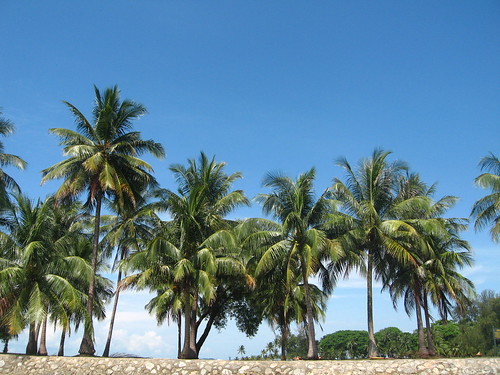
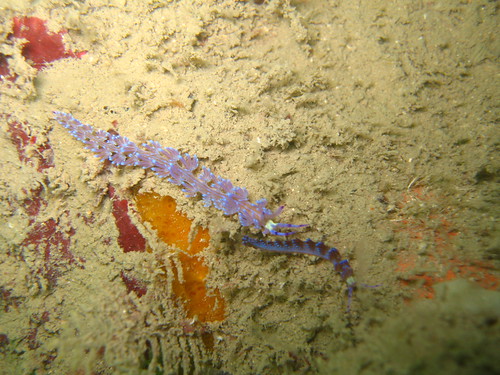





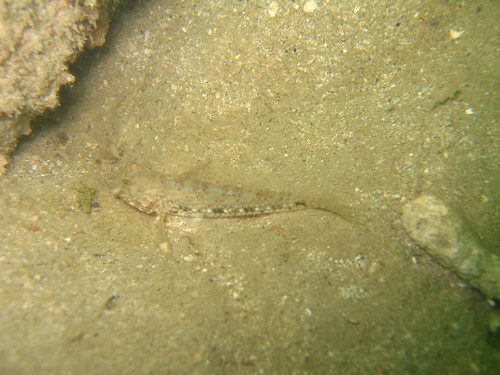
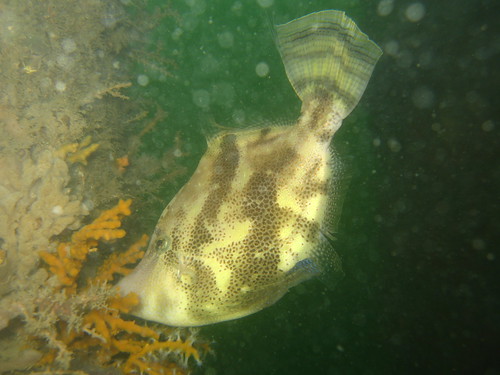








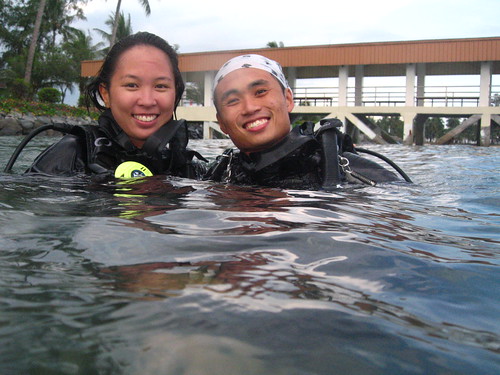
 Posted in
Posted in 



 content rss
content rss
COMMENTS